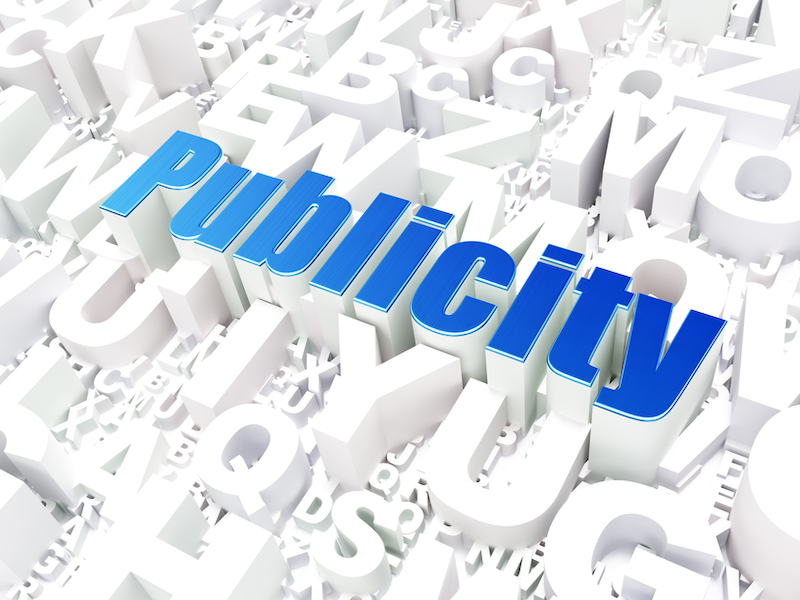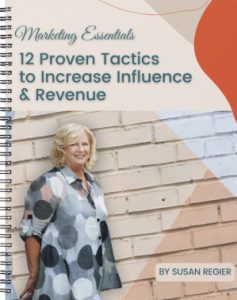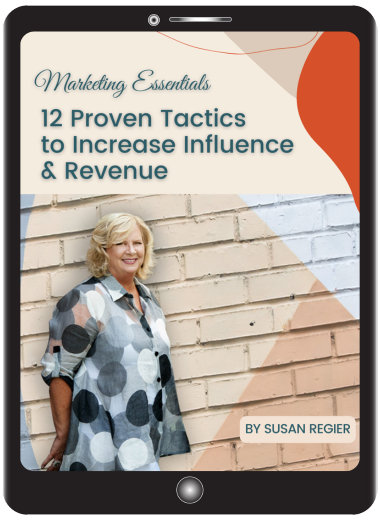
There are many differences between writing articles to promote your business (and educate the reader) and writing a media release to gain free publicity. It may seem obvious, but the main difference is “audience” and of course that means “audience expectations.”
Let’s begin with the 7 similarities between writing an article and writing a media release.
- Neither should be blatant advertisements.
- Forget the marketing hype and make sure the content has substance.
- Include a great headline or title to hook the reader.
- Always keep your audience in mind when writing.
- Both must be interesting and relevant to the publication (online or in print).
- All facts must be accurate (unless you’re writing fiction).
- Both must be concise and well-written.
Now here are the differences you must keep in mind when you sit down to write.
Media Releases:
- Written in the third person; that is, referring to you and your business in the third person. For example, you’ll write “ABC Widget Company” and not “my business.”
- Use a journalistic style or inverted pyramid…get straight to the point and develop the story backwards.
- Make your most important statements in the first paragraph; waiting too long could mean your media release is never read.
- Have a great angle that will be of interest to the editor’s audience; that is, his readers.
- One to two pages in length, preferably one page.
Articles to Boost Your Business:
- Write in the first person. For example, “Did you know that posting articles on relevant Web sites increases traffic back to your site?”
- You may develop your angle or describe something that leads you to a particular point or conclusion at the end of the article.
- Keep your ideal customer in mind and write directly to him or her in a conversational tone.
- Use stories and examples for emotional impact.
- Provide a solution your audience is seeking to showcase your expertise.
- Know the word length the editor is looking for. In print, the magazine will have specific writer’s guidelines to check…and online, keep it short, somewhere between 300 and 700 words.
And never forget, when sending a media release or an article, to include your contact information. Your name, telephone number, email address, URL, etc. When sending an article, make sure you always include a brief bio that will drive traffic back to your Web site. After all, either way you’re writing to boost your business.


